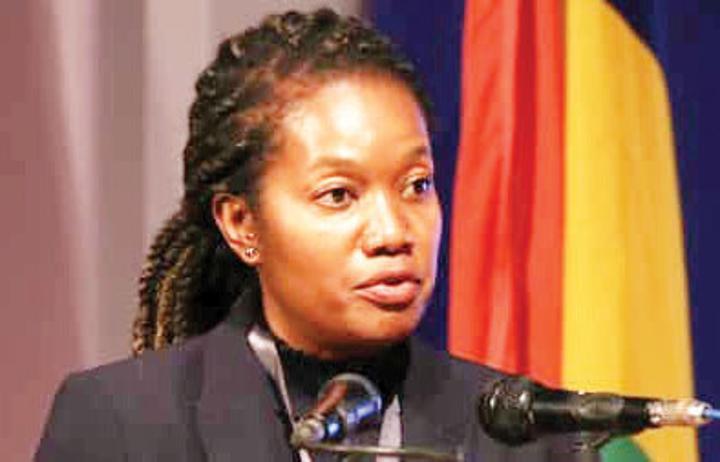Africa-Press – Malawi. Malawi is among regional countries facing a threat of continued rising debt to gross domestic product (GDP) ratio due to escalating global economic woes coupled with structural domestic challenges.
The United Nations Economic Commission for Africa (Uneca)—a UN agency mandated to support countries in the sub-region achieve inclusive industrialisation for the reduction of poverty and inequality—indicates that more than half of countries in the sub-region have relatively high government debt to GDP ratios.
The countries include Mozambique, Angola, Zambia, South Africa, Namibia, Malawi, Zimbabwe and Lesotho. A recent report by the Ministry of Finance’s Debt and Aid Division shows that between June 2020 and June 2021, Malawi’s total public debt stock went up by 34 percent, from K4.1 trillion to K5.5 trillion.
This represents 59 percent of the country’s GDP, up from 48 percent at the end of June 2020. Speaking at the opening of a virtual High- Level Policy Dialogue for Southern Africa on Wednesday, Uneca Subregional Office for Southern Africa Director Eunice Kamwendo said, given the status quo, mobilising sufficient financing remains a major challenge to achieving sustainable development aspirations.
Statistics she provided show that before the onset of the Covid pandemic, estimated costs for SDG financing were at $200 billion per annum for Africa, but post Covid era, revised figures are beyond the initial estimates – compounding the challenging further.
“The above picture compels us to seek additional sources of financing beyond what we have been accustomed to as the scale of the challenge is huge,” she said.
Among the recommendations she made include the need for counties to attract private sector financing, saying there is a lot money in private equity funds including pension funds that are sitting idle in the midst of want.
Kamwendo further hinted at the need for countries to utilise the new allocation of International Monetary Fund’s Special Drawing Rights, where the fund released an equivalent of $650 billion in SDRs to boost global liquidity as countries sought to address the long-term needs for reserves, build investment/business confidence, and foster resilience and stability of their economies.
About $275 billion (equivalent to SDR 193 billion) of the new allocation went to emerging markets and developing countries, including countries within the region. The Uneca chief also advocates mobilising climate financing.
“Prolonged droughts in some countries like Namibia, devastating floods such as those that have been seen in South Africa, Malawi, Zambia and Mozambique and other natural disasters that we see more frequent than we would like are leading to loss of lives, development reversals and deepen food insecurity and poverty,” Kamwendo said. The Malawi economy has been sailing through turbulent waters, with a squeezed fiscal space leading to rising public debt levels.
For More News And Analysis About Malawi Follow Africa-Press






